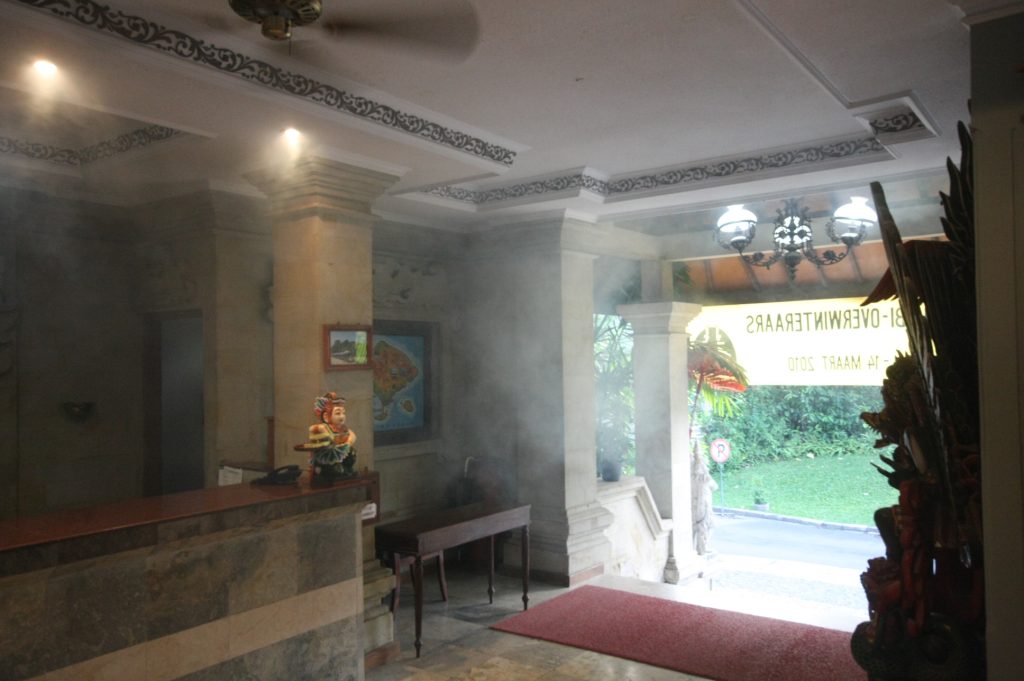Fumigating and tenting are two popular methods for dealing with pest infestations. Both techniques aim to eradicate pests effectively but have distinct characteristics, benefits, and applications. This comparison will help you understand these methods better and choose the best option for your situation.
Comparison of Fumigating and Tenting
| Feature | Fumigation | Tenting |
| Definition | Uses gaseous chemicals to kill pests inside enclosed spaces | It involves enclosing a building with a tent and using fumigants |
| Typical Use | Large infestations, especially for termites and bed bugs | Severe infestations in homes, warehouses, and large buildings |
| Process | Gas is released into the area, penetrating all surfaces | The building is sealed with a tent, and fumigants are released inside |
| Time Required | Typically, 24 to 72 hours | Usually takes 2 to 5 days |
| Effectiveness | Very effective for widespread infestations | Highly effective for severe infestations |
| Preparation | Requires removal of food and plants | Requires evacuation of occupants and pets |
| Safety Measures | Requires reentry clearance before it is safe | Occupants must stay away until it’s declared safe |
Characteristics of Fumigation
Fumigation is a method in which a gaseous pesticide, called a fumigant, penetrates and kills pests in an enclosed area. This technique is often used for treating large-scale infestations, especially with pests like termites or bed bugs. Fumigation involves sealing the structure completely and introducing the fumigant, penetrating all areas, including walls and floors. Key Points:- Effectiveness: Fumigation is highly effective because the gas can reach every corner and gap, ensuring thorough pest eradication.
- Preparation: Before fumigation, it’s crucial to remove food items, plants, and pets from the area.
- Safety: The area must be vacated during the process and aired out before reentry.
Characteristics of Tenting
Tenting, or “tent fumigation,” involves covering a building with a large tent and introducing fumigants into the enclosed space. This method is commonly used for severe infestations, such as termites in a home or pests in a warehouse. Tenting allows the fumigants to penetrate every part of the structure, ensuring pests are eradicated. Key Points:- Effectiveness: Tenting is effective for extensive infestations and is used when other methods are insufficient.
- Preparation: Similar to fumigation, food items and pets must be removed, and all occupants need to leave the building.
- Duration: Tenting usually takes a bit longer, often between 2 to 5 days.
- Fumigation: The area being treated will not have any visible signs once the process begins. However, preparation involves visible changes like the removal of items and setting up warning signs.
- Tenting: You will see a large, often bright-colored tent covering the building. This tent is secured to ensure that no gas escapes.
Feeding Habits and Living Habits Affected
Both fumigation and tenting target pests that invade various living areas and feed on a range of materials:- Fumigation: Targets pests that are spread throughout an area, such as bed bugs or termites, which can be found in any part of a building.
- Tenting: Specifically addresses pests within a structure, including termites and other wood-destroying organisms, which can damage both structural and non-structural parts.
Myths and Facts
| Myth | Fact |
| Fumigation and tenting are the same thing. | Fumigation uses gas to treat an enclosed space, while tenting involves covering the building and releasing fumigants inside. |
| You can re-enter the property immediately after fumigation. | The area must be aired out and tested for safety before reentry. |
| Tenting is only for homes. | Tenting can be used for various structures, including warehouses and commercial buildings. |
| Fumigation doesn’t require any preparation. | Food, plants, and pets must be removed from the area before fumigation. |
| All pests are eliminated by these methods. | While very effective, some pests may require additional treatments or follow-up inspections. |





